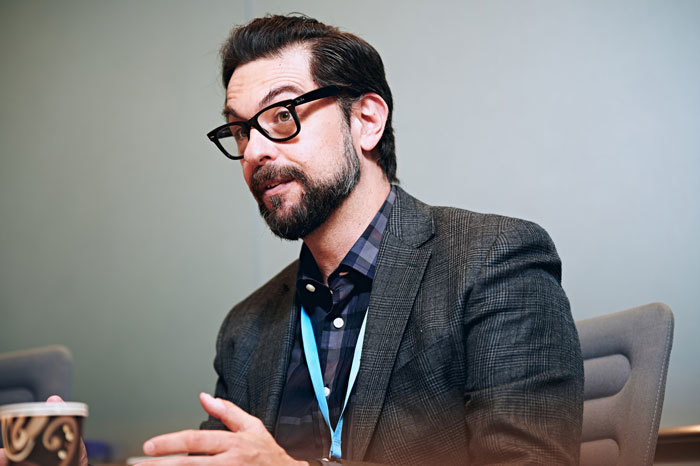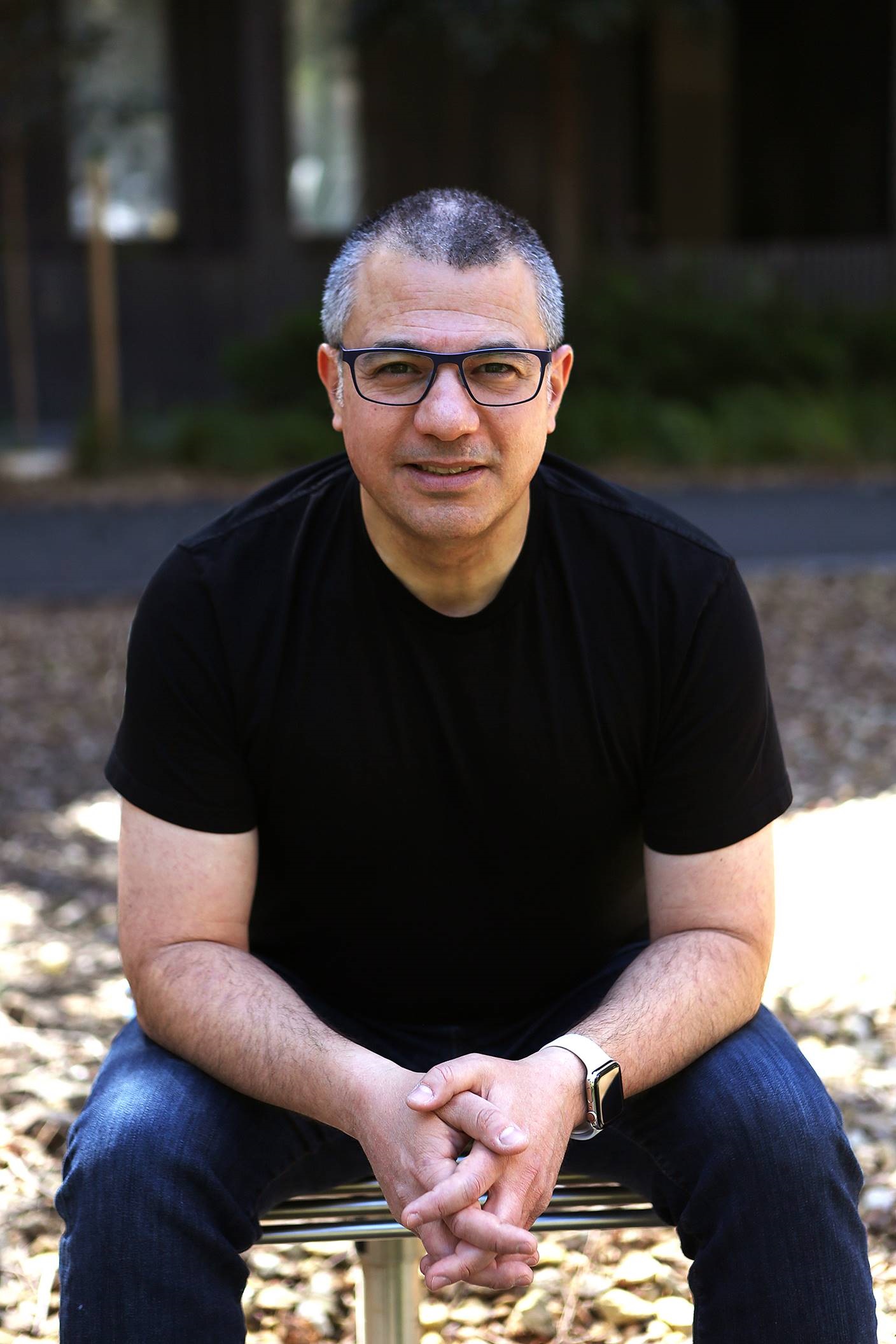Three years ago, beverage company Frucor Suntory began a journey to start digitising its business and move away from analogue methods of communicating with its customers by fax and telephone.
Frucor Suntory’s sales reps across Australia and New Zealand lacked the tools they needed to provide the best service to customers such as dairies, petrol stations and supermarkets.
To modernise its business-to-business sales process, the organisation used a raft of technology platforms from an ERP system at the back end to an online store front under its ‘digital for growth’ programme.
“We had fantastic people going out there and selling every day, but we were not supporting them with great tools. They were doing it on their own,” says Fernando Battaglia, value manager, customer and consumer at Frucor Suntory. “We want them to be able to transact with our customers using the new system, and direct them to our existing ERP so they can get delivery that they would normally get, as if they ordered from a sales rep.”
The digital for growth team includes people with experience in agile practice and business analysis especially in customer experience. Battaglia joined Frucor Suntory as part of that team, initially as digital solutions manager. “The team had to work fast. If we took too long to get these in people’s hands, the enthusiasm, the desire to get there, was going to go away very quickly.”
In the first three months, they gathered information on all of the mechanisms, learned more about the platforms, and focused on some very specific use cases.
The online store was the MVP (minimum viable product) under the new programme. Before this, Frucor Suntory had never sold online directly to a customer. The company launched the online store with 10 pilot customers who could place orders, and receive deliveries without the need for a sales rep.
“We started at the end of 2016 with pilot customers and beginning of this year, we are at 3000 customers in New Zealand and Australia,” says Battaglia. “We are one company across two countries, so when we delivered the online store, we delivered the capability for both countries.”
Digital transformation and business continuity at Frucor Suntory
he platform allows sales reps to quickly respond to customer queries. It provides instant reports on breakdowns and other issues on their connected devices, like the chillers provided to customers.
Analytics capabilities are available in one dashboard, which means sales reps have the needed information at their fingertips, doing away with manual reports. Reps can instantly upload and analyse shelf-space photos to show how products are displayed in-store. The marketing team also has access to more customer data, and these are used for more targeted and personalised campaigns.
The digital tools they set up have been important in ensuring business continuity when New Zealand moved to alert level 4 due to the pandemic.
“Obviously, certain stores and businesses have been closed due to the COVID-19 situation,” says Battaglia. “But the ones that are open continue to order through the online store, or through the sales reps.”
The reps get up to date information on the business which means that they have an “effective visit” – through a phone call or another digital channel – without being physically present.
He says even before the national lockdown, both the customers and staff found that online ordering was beneficial. Social distancing was implemented in alert level 2. “Systems like the online store certainly helped.”
Battaglia stresses that the sales representatives chose the customers for the pilot programme. “We brought the sales reps in from the beginning. We had our sales director in the project, we had people nominated within the business who worked with us to establish the right sales process. They also advised the additional developments needed for these customers to order online.”
“This was a very important element,” he states. “We have never tried and will never try to replace the people that go out there and sell the products. They are the heartbeat of our company.”
He says the online store is to be complementary to the sales representatives, who fundamentally manage the relationship with the customers. He notes that when a sales representative walks into the store, taking an order is just one of the many tasks they have to do. They need to make sure, among others, that they are executing on Frucor Suntory’s contractual requirements, talk about promotions and see if products are in the right place.
Digital brings critical customer insights to Frucor Suntory
Before the launch of the online store, Battaglia says people were absolutely certain customers will not place orders in the middle of the night or on a weekend.
“Since then, we have taken orders from the online store every single hour, every single day, on Sunday morning, and lunchtime at any day, which is the busiest time for a lot of our customers,” he says.
The impact on the sales representatives was two-fold. Before, when the customer ran out of products, the only option they had was to call the sales rep or the contact centre, which was only available during business hours.
“The biggest concern for us was no disruption,” he says. “If we capture the orders here and let the reps do other activities, that was a win.”
“The other thing is we incentivise our reps,” says Battaglia. “They get credit for all the orders within their region that go through the online store. If we hadn’t done that, every time we take an order online, we would have taken money out of the pocket of our sales reps and that is something we will not do.”
He says they are seeing some interesting insights from the two years of the online store.
“The traditional thought is whatever you do online has to be quick and efficient,” he said. Today, they found every single visit by a customer to the online store was about the same length of the visits of the sales representatives to their premises.
“From our point of view, the customers are getting twice as much time looking at our products and interacting with us. It doesn’t mean they are taking a long time to order, not at all. It means they are being exposed to more information on our products. Those are things we did not understand until we actually saw people going there,” he said.
Insight is not just data sitting there, says Battaglia. “You start to learn about your customers, but it is still up to you to ask the right questions. What is the information and behaviour of our customers telling us, and how do we use that to better customise our experience and to better focus our sales force to react to that?”
“If you are a customer, who has never purchased this product but you browsed it online, we can see that and provide information to the rep,” he says. “We are learning more every day. We have only scratched the surface, to be honest.”
Lessons learned from Frucor Suntory’s digital transformation
Battaglia says an important lesson from the success of the online channel was a holistic approach to any digital initiative.
“You need to look at the whole business,” he points out. “If you bring a platform or a system, ask, how does that exist in your whole ecosystem? There are a lot of companies that are trying new things. It might work for a few months until you decide you now want to start reporting on that activity, to link the data they have. That is when everything falls over. So we considered that from the beginning.”
He explains one of their options for the online store was to continue to build on existing tools that they developed in-house. The other option was to go with SAP as the technology provider was already in its core ERP system. They opted for the latter.
“If we are going to do anything quickly it has to plug into SAP which is our business record. You’re never truly going to know ahead of time what is going to work and not work for your customers,” he states. “You have got to get out there and try it, and see what comes back.”
For Frucor Suntory, this was getting the answer to a critical question businesses ask in the age of the customer: “How do we increase touch points with customers without having to double the size of our workforce? Digital, that is how.”
This article was originally published in CIO New Zealand.
The author, Divina Paredes, is a New Zealand-based writer interested in #CivilSociety #SpecialNeedsCommunity #SocialEnterprise #Data4Good #ICTTrends #Tech4Good #Digital Workplace & #Sustainability. Reach her via @divinap

 Based on these experiences, he shares the opportunities and challenges for organisations adopting human-centred design.
Based on these experiences, he shares the opportunities and challenges for organisations adopting human-centred design.